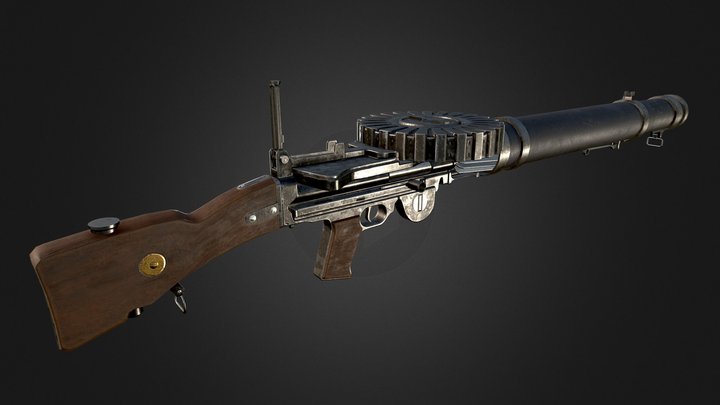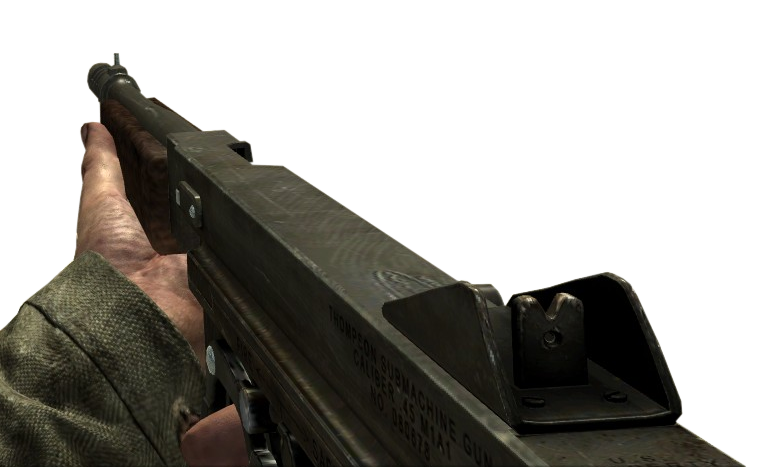
Arriving after the end of World War One, Thompsons were used by the police from 1921. True sub-machine guns were brought to prominence by the Germans in 1918 with the MP18, which was later developed into the MP34 and the Americans introduced the Thompson soon after. Handheld sub-machine guns became integral to urban conflict conducted at close quarters in World War Two. The Vickers range was a remnant of World War One and models were still being used by the Royal Marines during the 1970s. The British Vickers (450-500 rpm) machine guns were, along with American M1919s, the most reliable of the war across all environmental contexts. The Bren was supported by a bipod and offered automatic and single-round shooting.

Over 30,000 Bren guns were produced by 1940 and they proved to be accurate, reliable and easy to carry.

The British Bren light machine gun (500 rpm) was based on a Czech design and introduced in 1938. This was probably the most effective machine gun produced during the war. The MG34 was followed by the MG42 light machine gun, which could fire at 1550 rpm and was lighter, faster and produced in far greater numbers than its predecessor. Learn who is considered the true father of the RAF, why a flag must be evacuated in the event of a fire and why there are two portraits of World War One German flying aces in the college library. It was capable of automatic (up to 900 rpm) and single-round shooting and can be seen as the world’s first general purpose machine gun.

The German MG34 was an efficient and manoeuvrable gun that could be mounted on a bipod or tripod depending upon the situation. The machine gun therefore went from determining the static tactics of attrition used in World War One to being a fundamental part of the mobile tactics more common in World War Two. They were also fitted to tanks and aircraft, although became less effective in these roles as armour plating improved. Machine guns were used to devastating effect in World War One and were a major contributor to the emergence of stalemate, with annihilation the prospect for any army that exposed itself on the open battlefield.īy World War Two machine guns were more mobile and adaptable weapons, whilst sub-machine guns gave infantrymen far greater potency at close quarters. The Gatling gun was first developed in Chicago in the mid-19 th century and, although it was not truly automatic at that time, became a weapon that would change the nature of warfare forever.


 0 kommentar(er)
0 kommentar(er)
